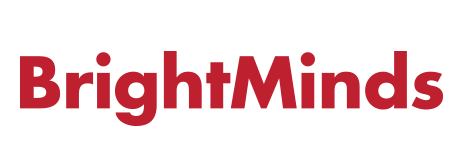If you work in a hiring firm, you know that the demands of today’s jobseekers are very different compared to those from previous years. As noted previously, relationships with colleagues, meaningful work, and flexible hours have become key factors when considering a new position. In some cases, these benefits even outstripped “traditional” pull factors like salary and career advancement.
How should your hiring practice reflect this new situation, while still ensuring you get your clients applicants that best fit them? Some pivotal changes are necessary:
Employ skills-based hiring
Strong candidate matches are the leading cause of satisfaction among clients of staffing firms, while poor matches are one of the top detractors. A ClearlyRated survey of staffing professionals and buyers, conducted in partnership with CareerBuilder, found that more than half of respondents named “poor matches” as a top reason for satisfaction or dissatisfaction.
Among satisfied clients, 90% said the firm provided candidates that meet specifications, while 77% reported access to candidates with the right skills as a top pain point.
To avoid bad matches, liaise with your clients extensively to learn their requirements. Dig deep and ask questions like, “How are you defining a strong match?”, “What is a true job requirement?” Emphasise looking for the right fit in terms of personality and soft skills, rather than simply checking boxes.
From there, you can use skills data to help clients identify and acquire talent, which means strong candidate matches.
Raise the pay rate
Salary still talks, and potential applicants are quick to shun perceived “lowballers”. To ensure your clients are on the same page as local average wages, provide them with data-backed compensation information and other market insights to get everyone on the same page, remuneration-wise.
“Companies are quickly changing strategy, and the number one thing candidates care about today is pay,” said Tom Harney, a sales manager at CareerBuilder. “We worked with a client to show their pay was in the bottom 25% for receptionists, which was 30% lower than average pay in the area. By understanding the gap, the client worked with their C-Levels to raise the rates so they were competitive in the market.”
Host hiring events
Virtual interviewing has changed the hiring landscape, with 88% of survey respondents having implemented the practice.
“Hiring events allowed my client to focus on interviewing and placing candidates instead of time-consuming top-of-the-funnel activities,” said Harney. “We delivered five times the expected amount of candidates, and the client was able to hire three people, plus build a pipeline for their future roles.”
You may also wish to participate in job fairs, as these increase your visibility and get your name out there. Use the opportunity to showcase your strengths to clients and jobseekers alike.
Give more, get more
Remote work is here to stay, so get your clients on board as well. Work with them to offer attractive flexibility and perks in work-life balance. According to the survey, 64% of clients in the professional sector believe handling a remote workforce has become much more important, and 86% have invested in technologies to enable remote work.
“Clients are beginning to offer better benefit packages, additional PTO, etc.,” said Harney. “A client advised that they haven’t had this much negotiation when extending offers (to both recruiters and candidates), so they’ve had to brainstorm to offer additional incentives.”
Especially in Asia, relationships with colleagues, which is strongly related to company culture, and workplace flexibility are among the top incentives for workers. So while it may be challenging at first, taking the time to identify and implement new hiring practices can spell the difference between a successful business and a failing one.
As a hiring firm, you have a responsibility to provide employers with the best applicants possible. That means staying ahead of the curve and embracing new trends, so that your clients can follow after!





